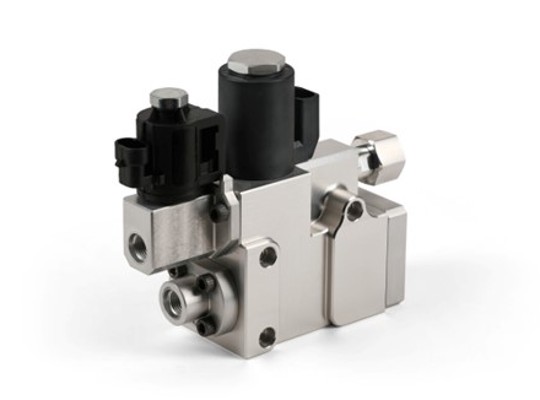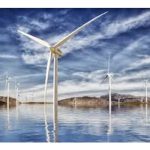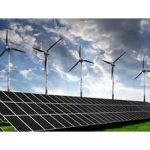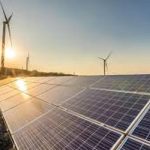Cavriago – Landi Renzo isstarting the development of advanced electronic pressure regulators for mid- and heavy duty commercial vehicles with hydrogen-powered internal combustion engines (ICEs), marking a big step towards the energy transition and decarbonization of the mobility and transportation sector. This project is widening the collaboration with the German company Bosch that is one of the leading automotive suppliers worldwide. With this, the two companies are improving their respective contribution to the energy transition path. By 2024, the two companies seek to produce and commercialize hydrogen-based fuel systems featuring the next-generation mechatronic pressure regulator that support the carbon neutral operation of commercial vehicles. Landi Renzo can call upon 70 years of supporting the sector’s energy transition path, today backed by over 120 R&D employees who help moving high-tech product solutions from concept to commercial availability. The company even has its own Hydrogen Excellence Center in Bologna, Italy, featuring a modular Class 8 white room and bespoke equipment.
Sitting at the heart of a fuel line, the pressure regulator serves as a decoupling element between the accumulation system and the combustion chamber’s fuel introduction system. A simple and robust mechanical regulator was previously sufficient to manage this function. The zero-emission fueled engines of the future, however, require pressure regulators that are not only robust and reliable, but add performance characteristics which were previously unpredictable.
The EM-H mechatronic pressure regulator ensures optimal management and calibration of hydrogen delivery pressure according to the vehicle’s requirements, conveyed with high level accuracy and efficiency. Designed and manufactured in Italy, two phases govern the functionality of the EM-H regulator: a mechanical input stage that reduces pressure from high to medium; and a subsequent entirely electronic stage which lowers pressure from average to desired value. The system features special valves to ensure protection of both the pressure regulator and downstream fuel line.











